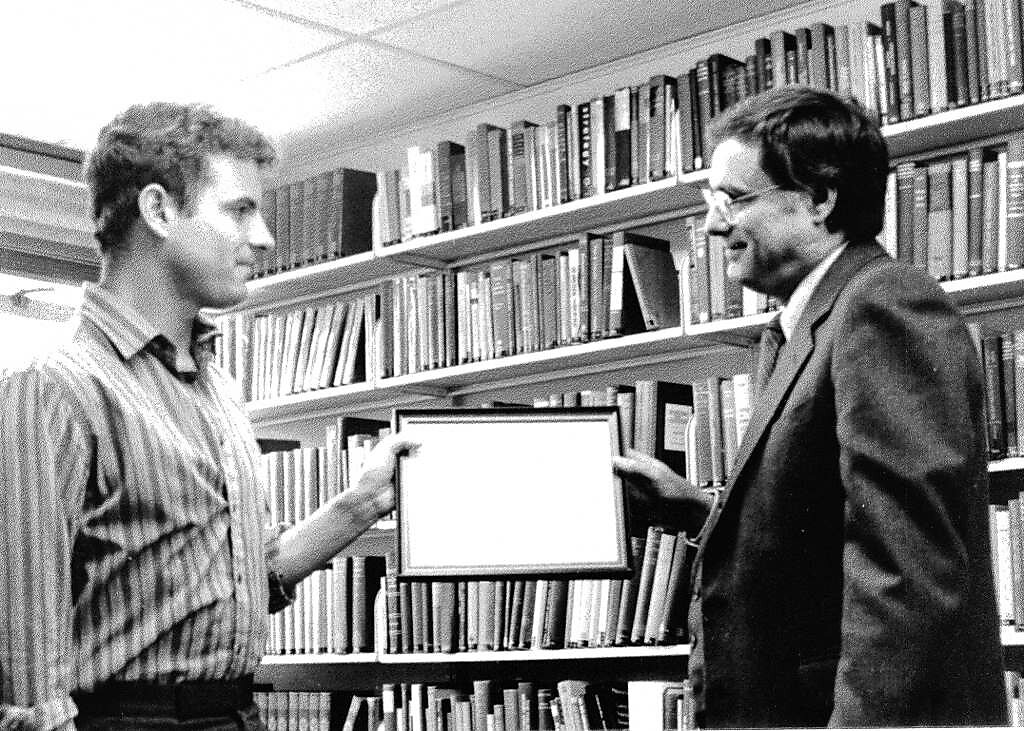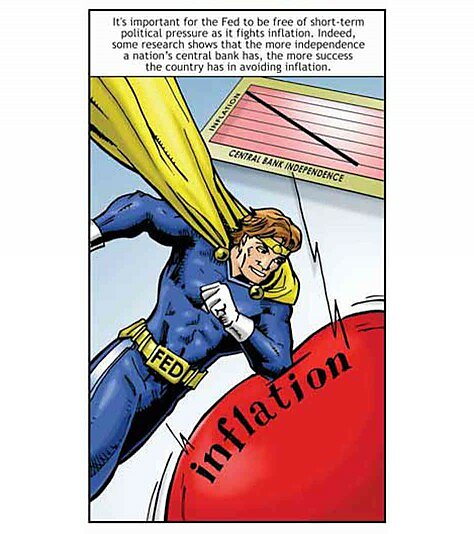I must say I’m puzzled and frustrated by the many clueless responses, like this one by Dallas Fed President Richard Fisher, to those well-placed (mostly Keynesian) economists who have been insisting for some time that, with the unemployment rate still above 7%, and the latest (annual) inflation rate at just 1%, what the U.S. economy needs right now is a higher inflation target. Instead of 2%, they say, make it 4%, or even 6%. Those higher targets, they explain, can be be counted on to raise interest rates, rescuing us from the zero lower interest rate bound we’ve been stuck near, and thereby getting the unemployment rate back down to the Fed’s current goal of 6.5%, if not lower.
Should we take their advice? Heck, yeah! After all, this isn’t the first time that we’ve been in a situation like the present one. There was at least one other occasion when the U.S. economy, having been humming along nicely with the inflation rate of 2% and an unemployment rate between 5% and 6%, slid into a recession. Eventually the unemployment rate was 7%, the inflation rate was only 1%, and the federal funds rate was within a percentage point of the zero lower bound. Fortunately for the American public, some well-placed (mostly Keynesian) economists came to the rescue, by arguing that the way to get unemployment back down was to aim for a higher inflation rate: a rate of about 4% a year, they figured, should suffice to get the unemployment rate down to 4%–a much lower rate than anyone dares to hope for today.
I’m puzzled and frustrated because, that time around, the Fed took the experts’ advice and it worked like a charm. The federal funds rate quickly achieved lift-off (within a year it had risen almost 100 basis points, from 1.17% to 2.15%). Before you could say “investment multiplier” the inflation and unemployment numbers were improving steadily. Within a few years inflation had reached 4%, and unemployment had declined to 4%–just as those (mostly Keynesian) experts had predicted.
So why are these crazy inflation hawks trying to prevent us from resorting again to a policy that worked such wonders in the past? Do they just love seeing all those millions of workers without jobs? Or is it simply that they don’t care about jobs at all, just so long as inflation is low? Whatever the reason, they certainly come across like a bunch of callous dunderheads.
Oh: I forgot to say what past recession I’ve been referring to. It was the recession of 1960–61. The desired numbers were achieved by 1967. I can’t remember exactly what happened after that, though I’m sure it all went exactly as those clever theorists intended.
P.S.: I can already imagine Ken Rogoff’s response to this post. Something to the effect, no doubt, of “This time is different.”
P.P.S. (November 20): Of course it is different this time–but not, I submit, in ways that clearly favor the doves. One particular difference that comes to mind is that, whereas in the 60s policymakers (implicitly) gambled that an increase in the actual rate of inflation would not lead to a corresponding increase in the expected rate (and, hence, in the rate of upward or leftward movement of short run aggregate and labor supply schedules), those calling for a 4–6% inflation target today actually see it as a means for achieving a like increase in expected inflation, and so are (implicitly) gambling that such an increase in expected inflation will not result in any corresponding increase in the rate of upward or leftward movement of short-run aggregate and labor supply schedules.
I leave it to my readers to decide for themselves whether the new wager is more or less rash than the old one.


